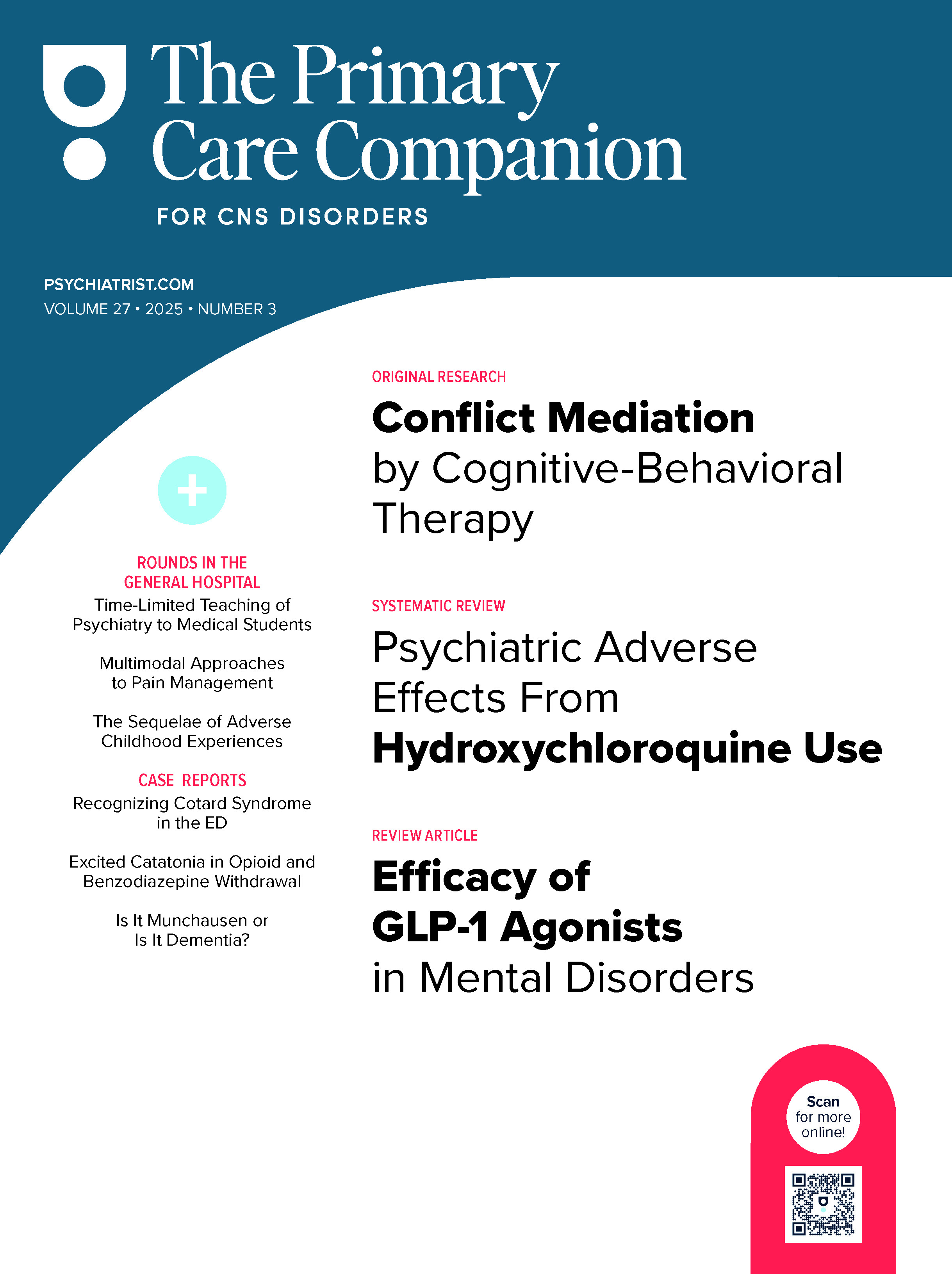Despite advances in treatment and diagnostic understanding, depression in the elderly remains underdiagnosed. DSM-IV diagnostic criteria fail to capture the full range and complexity of depression in old age; thus, modifications to these criteria that would aid diagnosis are discussed. In particular, recognition that late-life depression commonly has an anxiety component is required. Factors that confound the diagnosis of depression in the elderly include the physical problems endemic to old age, many of which mimic the physical items used for the diagnosis of depression. Therefore, the key to an accurate diagnosis appears to lie in the sensitivity of diagnostic criteria. Late-life depression may also have a different etiology, clinical presentation, and course than early-onset depression. Diagnosis has focused on typology subtypes, especially major depression, but has generally neglected a specific focus on severity subtypes. The implications of this are discussed. The usefulness and limitations of depression rating scales are also considered. The biggest practical problem, however, is the failure of health care providers to recognize depression or act effectively once a diagnosis has been made. Therefore, recommendations are given to improve the overall diagnostic approach in the elderly population.
This PDF is free for all visitors!

